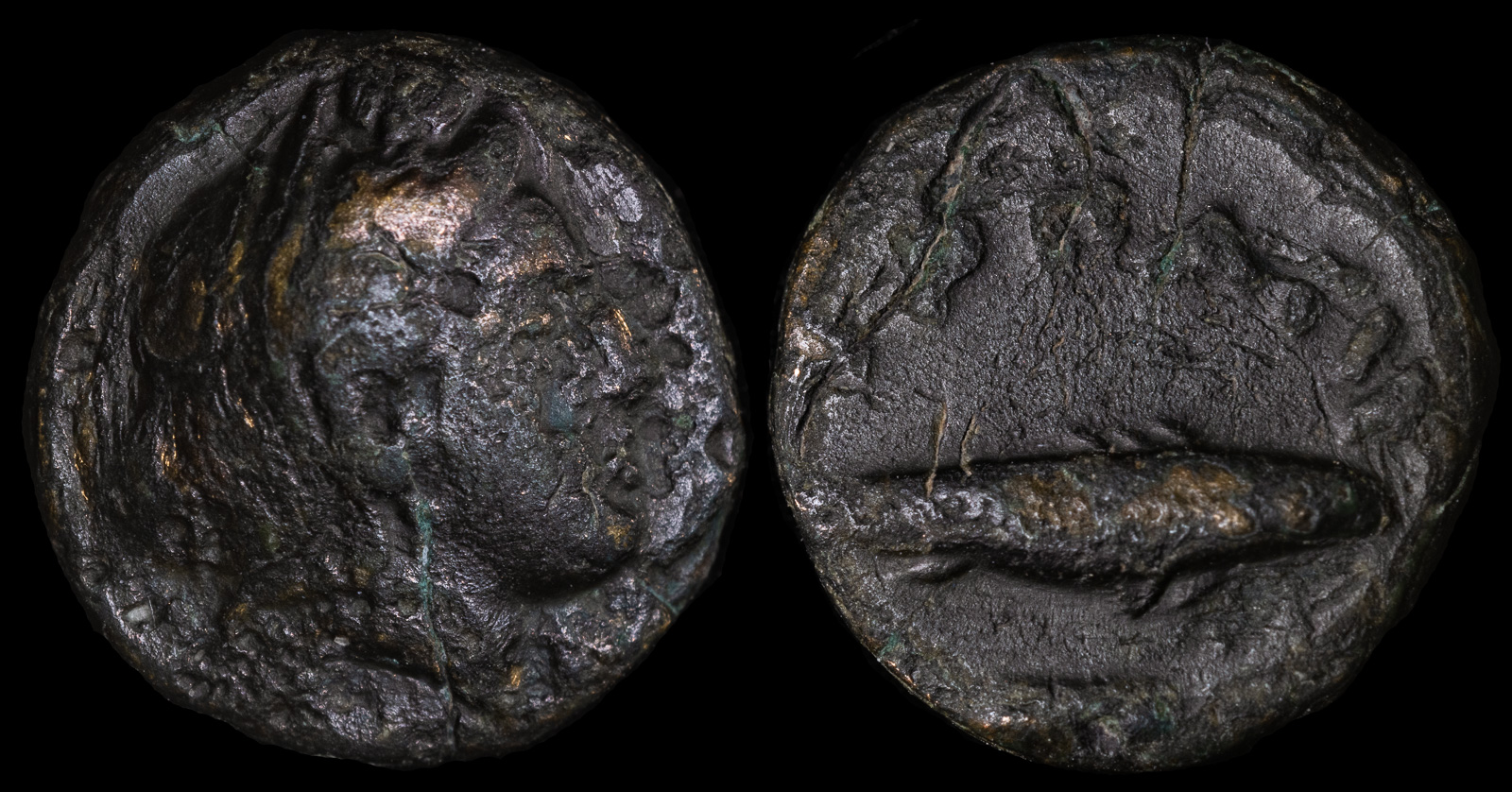Sphendone
View All Tags
In Greek athletic competitions, particularly during festivals like the Panathenaic Games, the sphendone was part of the attire for participants, especially for those taking part in contests like the footraces or wrestling, where the headgear helped to keep the athlete’s hair secured and free from obstruction during vigorous physical activities. In these contexts, it signified the individual’s status as a competitor and was associated with athletic prowess and youthful energy.
The sphendone was also worn during religious ceremonies and sacrifices, where it played a role in signifying the wearer’s participation in rituals or their role in honoring the gods. In many ways, it reflected the Greek reverence for order and discipline in both athletic and sacred life. Women who participated in religious festivals, such as the Thesmophoria or the Panathenaic Festival, often wore sphendones as part of their ritual attire. The specific use and style could vary, but it was commonly associated with both purification and beauty, symbolizing the harmonious integration of physical appearance and ritual purpose in Greek culture.
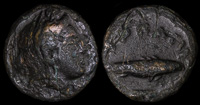
Harpagion, Mysia 400-375 BCE
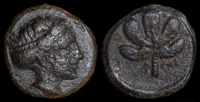
Idyma, Caria 350-300 BCE
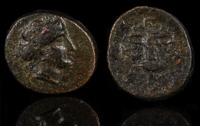
Kersebleptes, Thrace 360-341 BCE
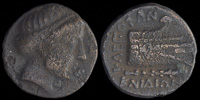
Knidos, Caria 300-200 BCE
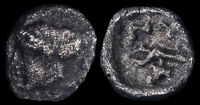
Nymphaion, Cimmerian Bosporos 400 BCE

Orchomenos, Arkadia 350-300 BCE
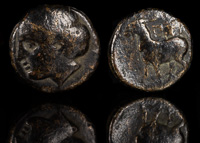
Pyrrha, Lesbos 400-300 BCE
